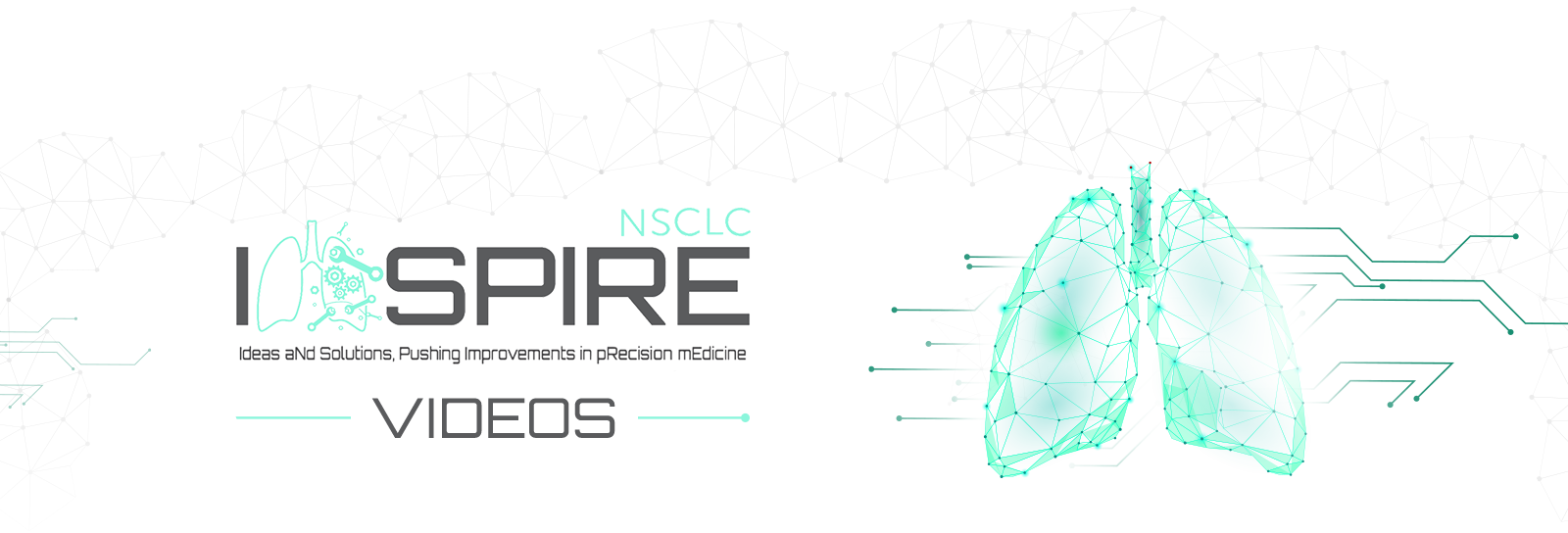Therapeutic Advances in Other Targetable Oncogenic Driver Mutations in NSCLC
26th May,
2021 | Speaker: Professor Jin-Hyoung Kang
Document ID:
SC-SSK-00396
Speaker
Professor Jin-Hyoung Kang
Department of Internal Medicine
Seoul St Mary's Hospital, the Catholic
University of Korea, Seoul
South Korea
What is Afatinib (Giotrif®)?
Afatinib (Giotrif®) is an irreversible ErbB Family blocker approved in more than 70 countries. It is indicated for the treatment of patients with distinct types of epidermal growth factor receptor mutation-positive (EGFR M+) locally advanced or metastatic non-small cell lung cancer (NSCLC), and for the treatment of patients with locally advanced or metastatic NSCLC of squamous histology progressing on or after platinum-based chemotherapy. It is an oral, once-daily, targeted therapy.[1]
*Afatinib is approved in more than 70 countries including the EU, Japan, Taiwan, and Canada under the brand name Giotrif®, in the US under the brand name Gilotrif® and in India under the brand name Xovoltib®
*Afatinib is approved in more than 70 countries including the EU, Japan, Taiwan, and Canada under the brand name Giotrif®, in the US under the brand name Gilotrif® and in India under the brand name Xovoltib®
IMPORTANT SAFETY INFORMATION
What is the most important information I should know about Afatinib (Giotrif®)?
The side effects of Afatinib are predictable, generally manageable and reversible. In studies to date, drug-related adverse events (AEs) were largely related to the gastrointestinal tract (diarrhoea) and skin disorders (rash), which is in line with EGFR tyrosine kinase inhibition.[1-4] For further details, please refer to the Local Prescribing Information.
References:
[1] GIOTRIF® Summary of Product Characteristics 2018
[2] Sequist L et al. J Clin Oncol 2013;31(27)3327–34.
[3] Wu YL et al. Lancet Oncol 2014;15(2):213–22.
[4] Park K et al. Lancet Oncol 2016;17(5):577–89.
The side effects of Afatinib are predictable, generally manageable and reversible. In studies to date, drug-related adverse events (AEs) were largely related to the gastrointestinal tract (diarrhoea) and skin disorders (rash), which is in line with EGFR tyrosine kinase inhibition.[1-4] For further details, please refer to the Local Prescribing Information.
References:
[1] GIOTRIF® Summary of Product Characteristics 2018
[2] Sequist L et al. J Clin Oncol 2013;31(27)3327–34.
[3] Wu YL et al. Lancet Oncol 2014;15(2):213–22.
[4] Park K et al. Lancet Oncol 2016;17(5):577–89.



